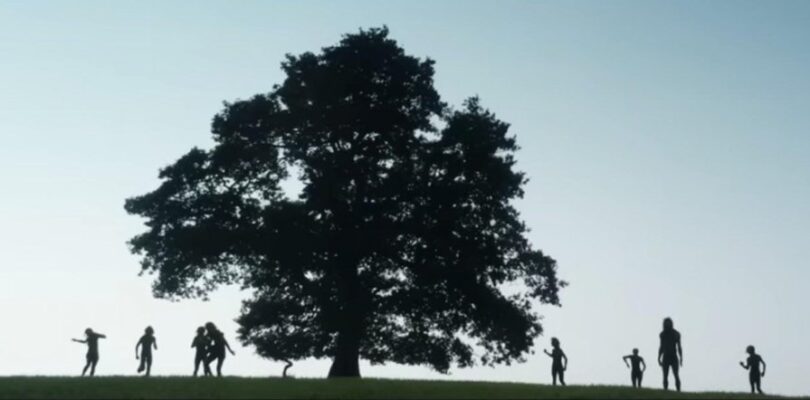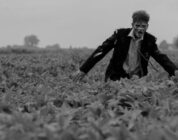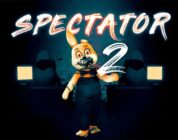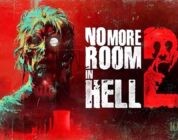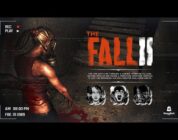Danny Boyle’s “28 Years Later” isn’t just reviving the rage virus—it’s also challenging the idea of how a blockbuster can be shot.
Boyle’s latest zombie opus, which cost $80M to make, was shot on an iPhone 15. I first caught wind of this last year when behind-the-scenes photos showed Boyle and his crew waving iPhones around on set. Now, a new interview with IGN confirms how engulfed in iPhones the ‘28 Years’ set truly was.
Despite not relying on “a suite of large-format cameras,” Boyle says the film will still be presented in a massive 2.76:1 aspect ratio.
“We thought we’d benefit from the unease that the first film created about the speed and velocity, the visceral [aspect] of the way the infected were depicted. If you’re on a widescreen format, they could be anywhere… you have to keep scanning, looking around for them, really,” Boyle explains.
The original 28 Days Later was shot on miniDV in 4:3, which was very much “early 2000s camcorder chic.” But now, we’ve entered the Apple era. Boyle’s using iPhones not just as novelty tools, but as legitimate filmmaking gear.
Boyle and longtime cinematographer Anthony Dod Mantle went wild with the concept, rigging up devices with 8, 10, even 20 iPhones stacked side by side. Yes, 20. That’s either visionary or the result of someone losing a bet.
“One for eight cameras, which can be carried very easily by one person, one for 10 cameras, and one for 20,” Boyle says of the rigs. And while most directors save the hype for the trailer, Boyle teases one particular shot like it’s the second coming of cinema:
“I never say this, but there is an incredible shot in the second half [of the film] where we use the 20-rig camera, and you’ll know it when you see it… It’s quite graphic but it’s a wonderful shot that uses that technique, and in a startling way that kind of kicks you into a new world rather than thinking you’ve seen it before.”
He even calls the setup a form of “poor man’s bullet time.” Having 20 cameras rolling at once means the editors can pick angles like they’re at a buffet, giving fight scenes that extra layer of intensity and chaos. “As it’s a horror movie, we use it for the violent scenes to emphasize their impact,” Boyle adds.
There have only been a handful of notable films shot on an iPhone, including Sean Baker’s “Tangerine” (2015) and Steven Soderbergh’s “Unsane” (2018), but these indies only had a fraction of the budget Boyle used on ‘28 Years.’
So while the film is shaping up to be a long-awaited sequel to one of the 21st century’s best horror films, it’s also a stealth experiment in how far modern tech can stretch the definition of “cinematic.”
The sequel hits theaters June 20.

